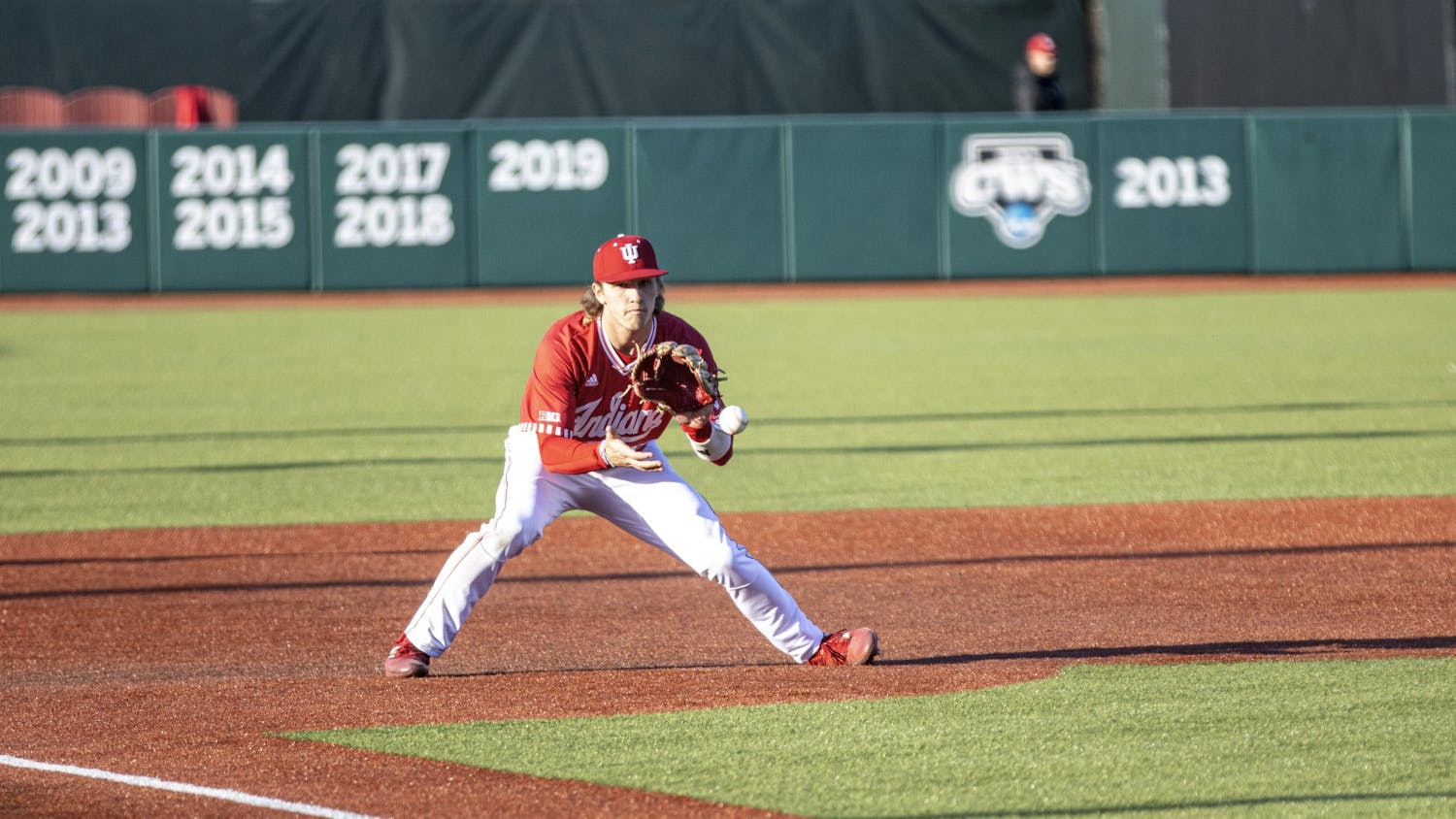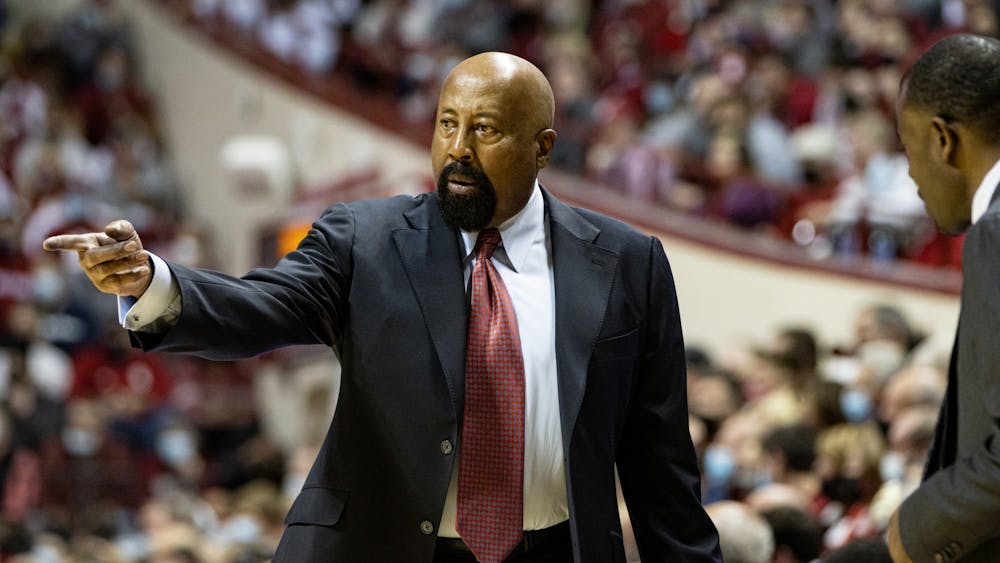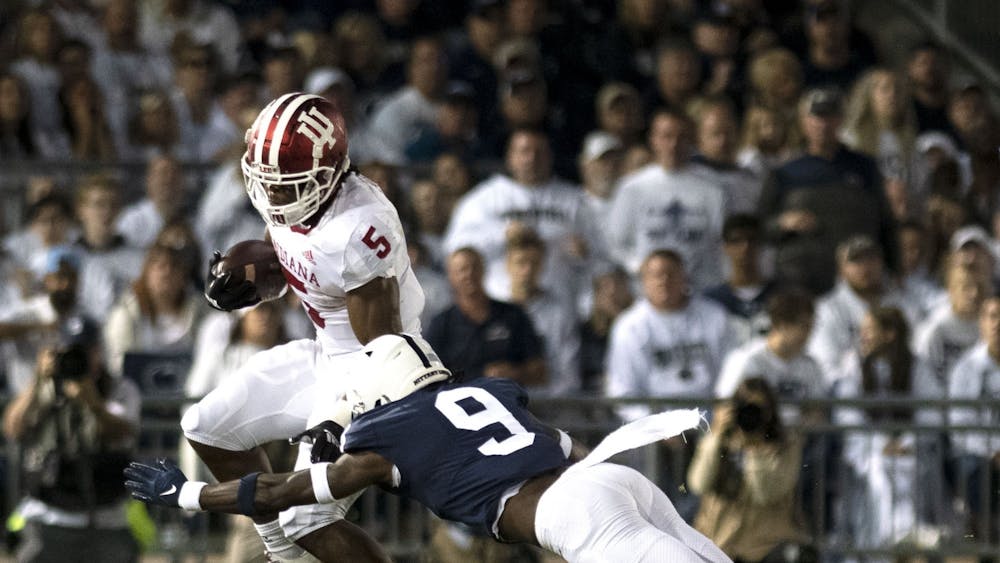This past week, after being given the heave-ho from star point guard Brandon Jennings, veteran Arizona coach Lute Olson announced he is finished with signing “one-and-done” players.
Olson was no doubt burned not only by Jennings’ sudden departure, but also by Jerryd Bayless leaving the Wildcats for the NBA Draft. (He was taken 11th by the Indiana Pacers.) Apparently Bayless promised Olson that he would stay two years.
Maybe the combination of two stellar recruits breaking their word was too much for Olson, who was absent this past year for personal reasons, is one of the most respected coaches in NCAA history. Several of his contemporaries, including Jim Boeheim of Syracuse, said they would continue recruiting the best players, no matter their intent to leave after a single season.
Instead, Olson is recommending the NBA re-allow players to jump from high school to the NBA or require that they spend at least three years in college.
I don’t disagree.
While the signing of a phenom does bring attention and prestige to a university’s program (see: Eric Gordon) – it also puts pressure on the coaches, who only have one year to win a national championship before agents and NBA teams come calling.
While the “year of the freshman” was interesting to watch, it was also comical. These players aren’t deluding anyone into believing that they are genuinely interested in advancing to the Final Four, unless it means the top four lottery picks. It’s a waste of a college scholarship, and while the fault does lie with the NBA and commissioner David Stern for enacting the rule, the fault also lies with the NCAA, who championed it because they knew it would result in more profits and higher TV ratings.
If more of Olson’s peers had the courage to say they would refrain from recruits who look at college as the Waffle House rest stop before heading to the NBA, then maybe Stern would rethink his rule. He can either eliminate it altogether or extend it to a minimum of two or three years, so universities could develop complete players, not just another kid with “upside.”
While Boeheim and other coaches might not see a problem with the rule, it’s obvious that teams whose star players are 18-years-old and waiting to walk across the podium at Madison Square Garden are not true teams, and are more like standout freshmen and 11 other guys.
Is that really what’s best for the NCAA? I always enjoyed watching players stick around, hungry to win a national championship, like Tyler Hansbrough.
Instead of disparaging Olson for his unique statement, maybe we should take a moment and think that someone with more than 30 years of coaching experience and 4 Final Four appearances is on the right track. Follow the Lute.
Lute Olsen: radical or right?
Get stories like this in your inbox
Subscribe





